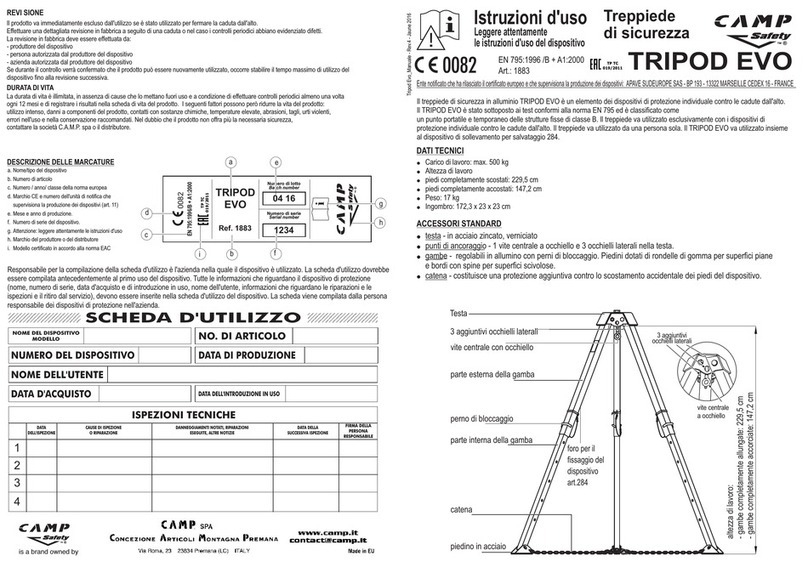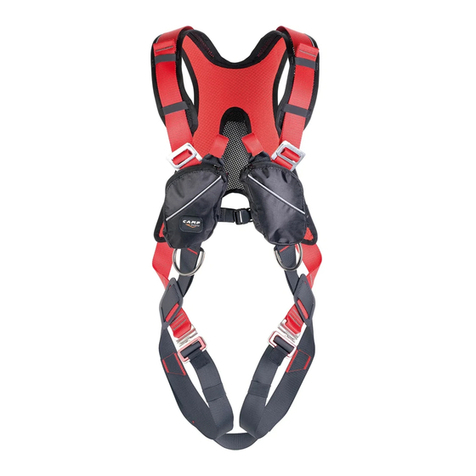
#1
MARKING - MARCATURA - MARQUAGES - KENNZEICHNUNG - MARCAJE - MARCAÇÃO - AANDUIDING -
MÄRKNING - MERKING - MERKINTÄ - MARCAJUL - OZNACZENIA - OZNAČENÍ - OZNAČENIE - OZNAKA -
OZNAČAVANJE - - MARKALAMA - МАРКИРОВКА 标记 - 規格適合 - 마킹 - เครืองหมายสญั ลกั ษณ์ตา่ งๆ _______ 2
NOMENCLATURE - NOMENCLATURA - NOMENCLATURE - NOMENKLATUR - NOMENCLATURA -
NOMENCLATURA - TERMINOLOGIE - KOMPONENTFÖRTECKNING - BETEGNELSER - OSALUETTELO -
NOMENCLATURA - NAZEWNICTWO - SEZNAM ČÁSTÍ - ZOZNAM ČASTÍ - SEZNAM IZRAZOV -
NOMENKLATURA - СОСТАВНЫЕ ЧАСТИ - TERİMLER - 各部位名称 - 各部の名称 - 사용이름 -
ระบบชือของสว่ นประกอบ __________________________________________________________________________ 4
FIGURES - FIGURE - FIGURES - ABBILDUNG - FIGURAS - FIGURAS - FIGUREN - FIGURER - FIGURER -
KUVAT - FIGURI - RYSUNKI - OBRÁZKY - OBRÁZKY - SLIKE - SLIKE - РИСУНКИ - ŞEKİLLER - 图 - 図 - 그림
- รูปภาพ ___________________________________________________________________________________ 6
ENGLISH _______________________ 14
ITALIANO _______________________ 18
FRANÇAIS _______________________ 22
DEUTSCH _______________________ 26
ESPAÑOL _______________________ 32
PORTUGUÊS _______________________ 37
NEDERLANDS _______________________ 42
SVENSKA _______________________ 47
NORSK _______________________ 52
SUOMI _______________________ 57
ROMÂNĂ _______________________ 62
POLSKI _______________________ 67
ČEŠTINA _______________________ 72
SLOVENČINA _______________________ 77
SLOVENSKI _______________________ 82
HRVATSKI _______________________ 87
РУССКИЙ _______________________ 91
TÜRKÇE _______________________ 97
漢語 _______________________ 102
日本語 _______________________ 107
한국어 _______________________ 113
ภาษาไทย _______________________ 118
LIFE SHEET - SCHEDA DI VITA - FICHE DE DURÉE DE VIE - DATENBLATT - FICHA DE LA VIDA ÚTIL - FICHA
DA VITA ÚTIL - ONDERHOUDSKAART - INFORMATIONSKORT - PRODUKTKORT - TUOTTEEN
TARKASTUSLOMAKE - FIŞA DE DURABILITATE - KARTA WYROBU - PROVOZNÍ LIST - ZÁZNAM KONTROL -
KONTROLNI LIST - SERVISNI LIST - БЛАНК ОСМОТРА - KULLANIM KARTI - 使用寿命卡 - ライフシート - 수
명도표 - แผน่ บนั ทกึ การใช้งานผลติ ภณั ฑ์ ______________________________________________________________ 128

































